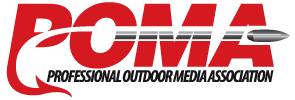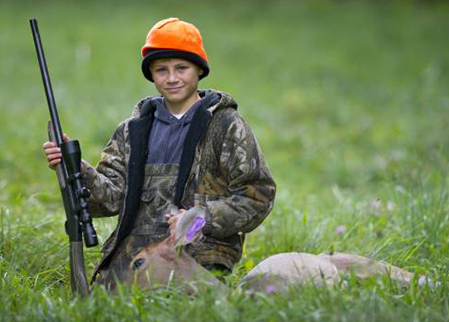Gaining Information is Key to Wildlife Management
By Glen Wunderlich
Charter Member Professional Outdoor Media Association (POMA)
In any successful management cycle, the first step is planning. With that in mind, any good management plan must begin with obtaining a wide range of facts; to proceed otherwise is to do so blindly. Therefore, it is commendable that our Natural Resources Commission is seeking relevant statistics from its cooperating partners – Michigan’s hunting community. Beginning this year, Michigan deer hunters are required to report successful harvests online at www.Michigan.gov/DNRHarvestReport within 72 hours or before transferring possession of the deer (to another person, a processer or taxidermist).
The once-optional reporting is now mandatory. Hunters must continue to attach a paper kill tag to a harvested deer. The kill tag should remain with the head, if the head and body of the deer are separated. Anyone in possession of a deer after the harvest reporting timeframe expires should be able to present the confirmation number.
Hunters can easily submit the required harvest data through eLicense, Michigan’s online license system. This can be done via computer or mobile device. Simply enter your deer kill tag/hunting license number and hunter’s date of birth to begin the report. If you don’t have your license/kill tag number, you can log in to DNR eLicense, and click on the Harvest Report tab to see the tags available to report. On eLicense, you can use your driver’s license and birthdate, use an existing ID and password or create an account to enter your report.
You will be asked questions about your hunt and the deer you harvested. There is also space to leave a comment. Once your harvest report is completed, you will be given a confirmation number and the option to receive a copy by email.
Hunters are allowed to have their deer reported online by a family member or friend. The family member or friend will need the successful hunter’s deer kill tag number and birthday, and information about the hunter’s harvest and hunting location.
Although the voluntary method of reporting has been in existence for years, there simply is not enough compliance to gain the most comprehensive information to determine sensible rules. Many surrounding states already require similar deer hunting reporting and have done so for decades – even before the prevalence of cell phones.
However, that hasn’t prevented some outspoken resistance, which seems largely based on the fact that mandated reporting requirements are more of an inconvenience than any type of reasonable hardship. Where there’s a will, there’s a won’t.
No doubt there are regions of our state where cell phone service is not available. Heck, some folks don’t have cell phones, either. However, allowing successful hunters three days to get with the program, is quite lenient compared to other states where the time limit is a scant 24 hours.
We can do this, if we choose – even in our most remote areas with a bit of planning. Cumbersome? Maybe so, but if there is a better way to take charge of our deer herd management, it’s yet to be invented.
Change is as inevitable as resistance to it. By understanding that we hunters are the best fact finders in this never-ending search for better deer management, a little cooperation will help us all.



